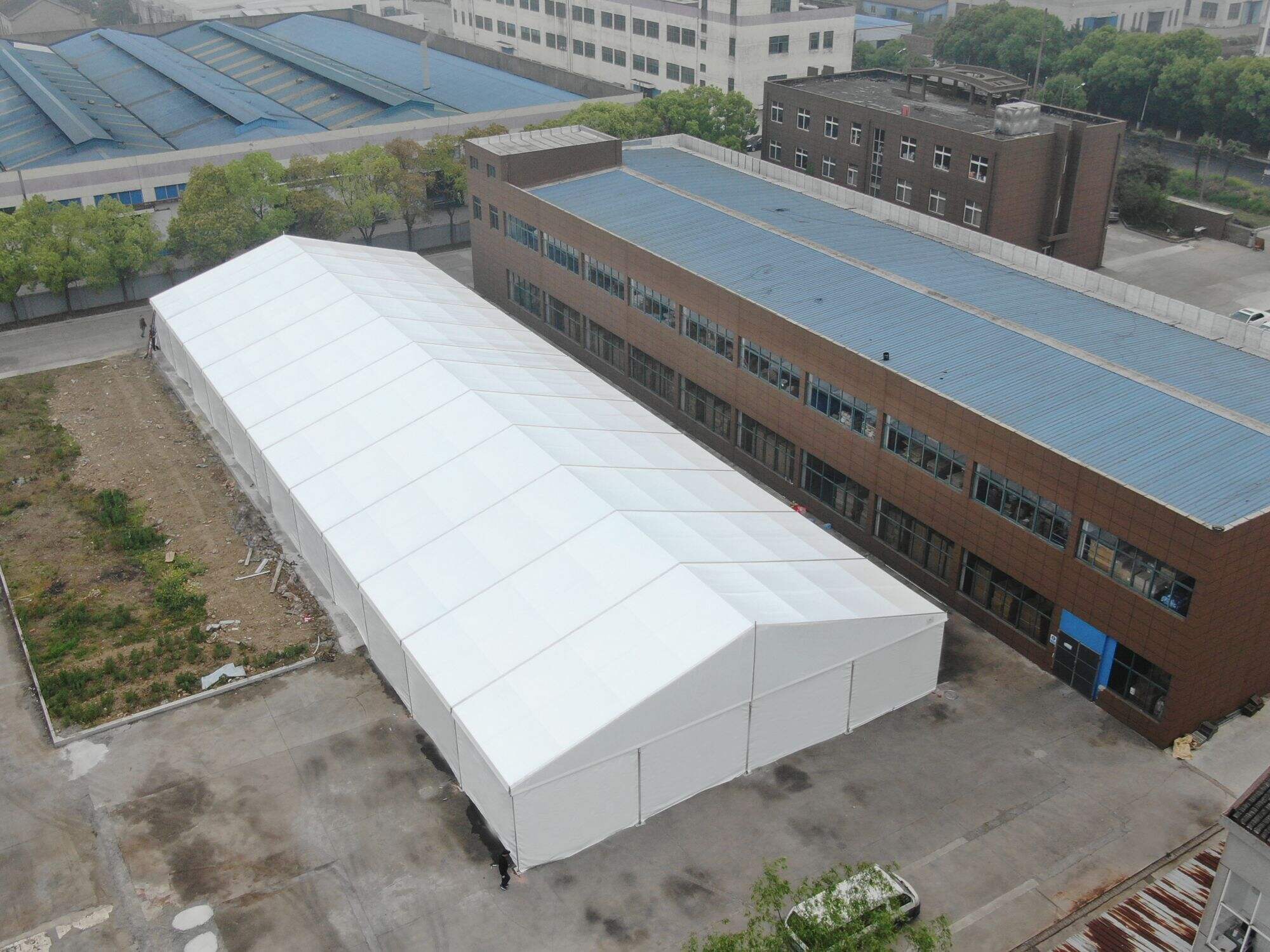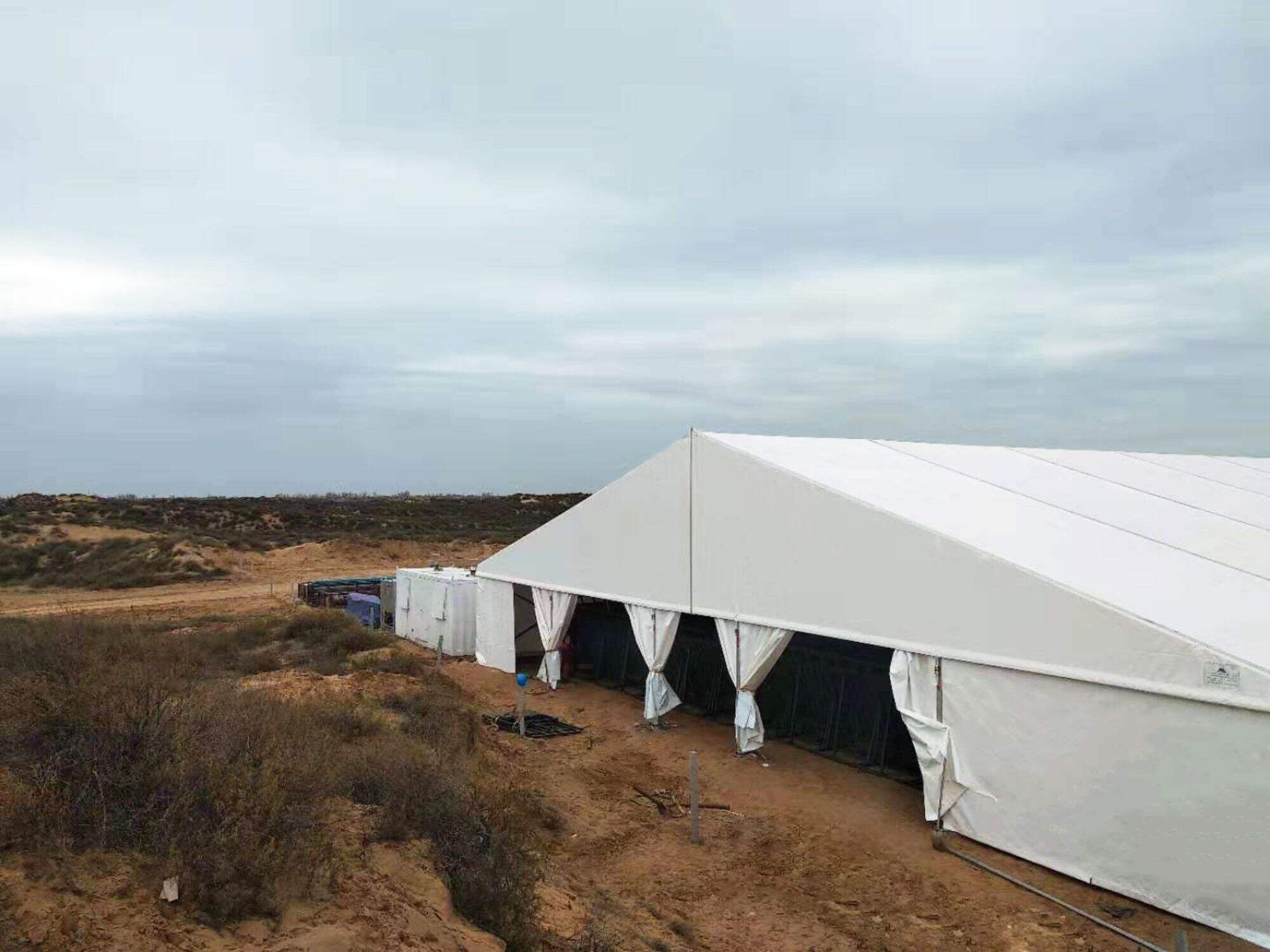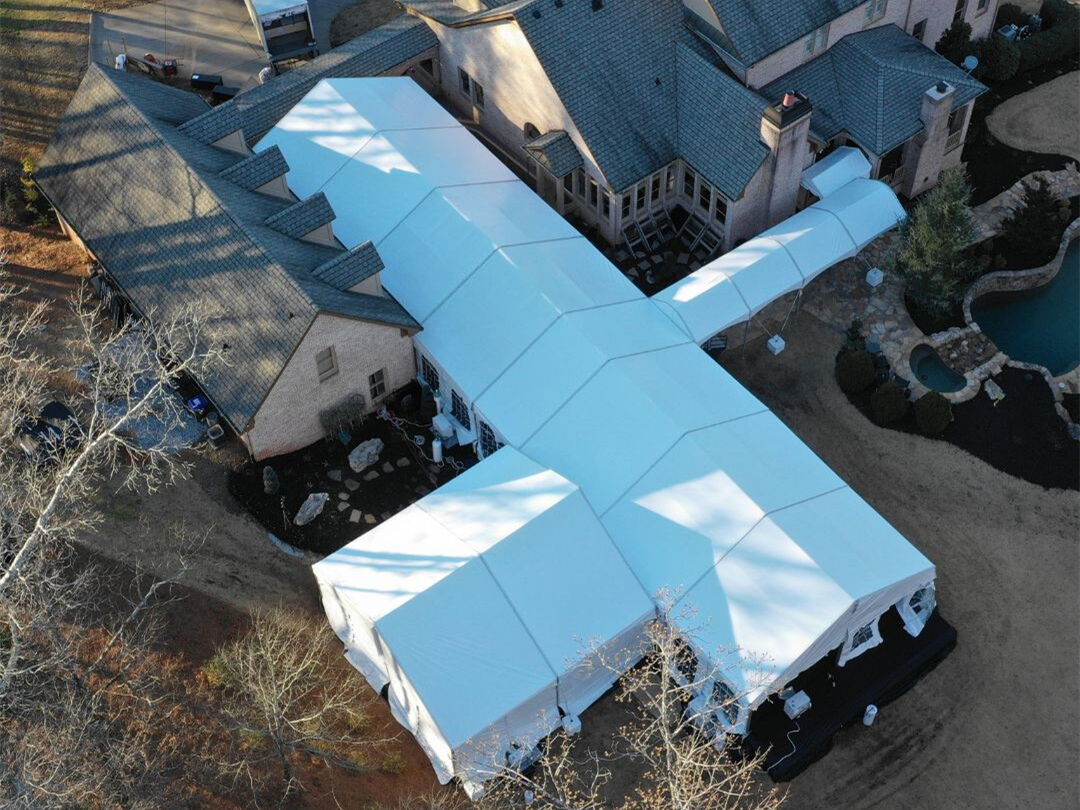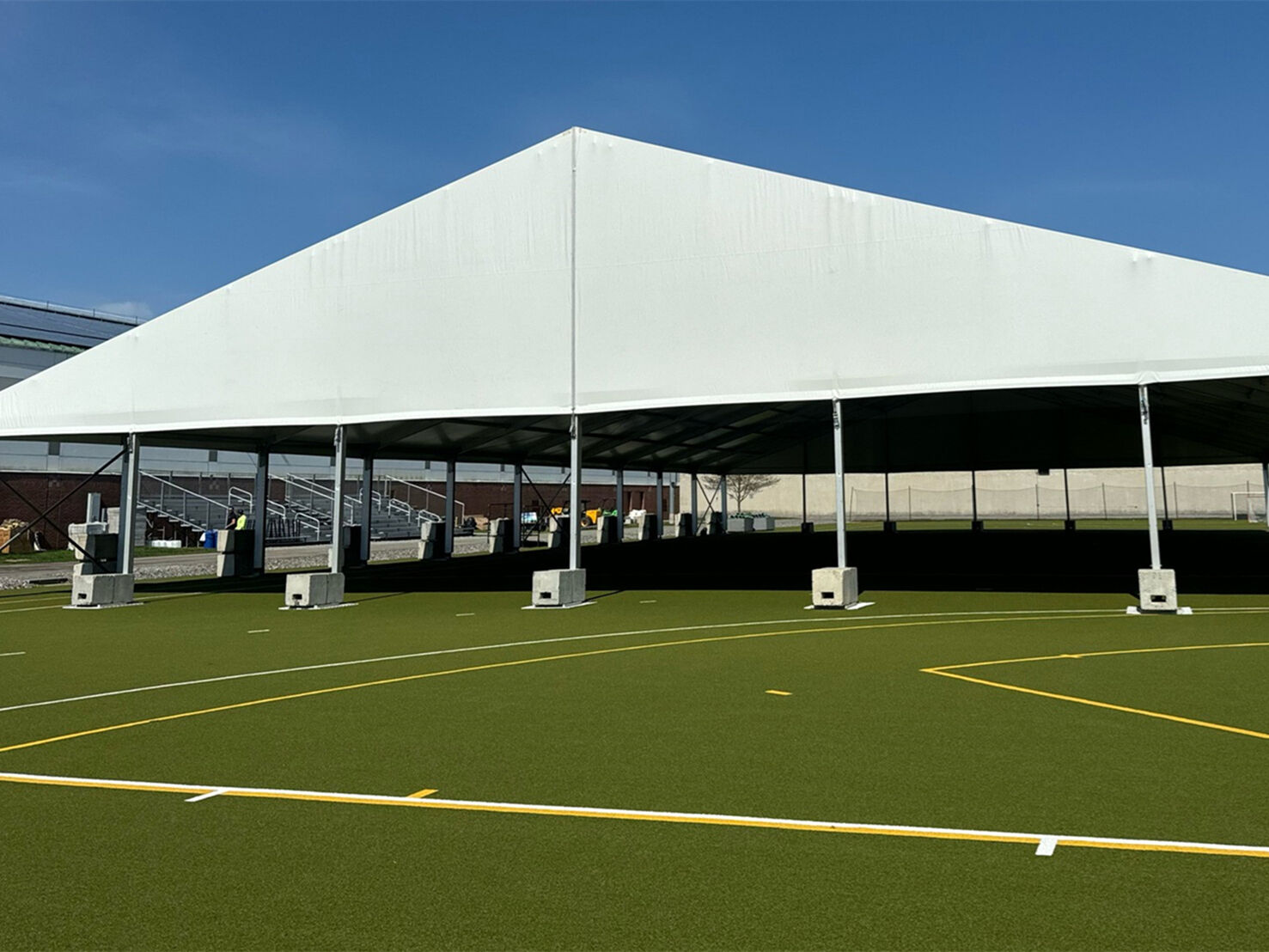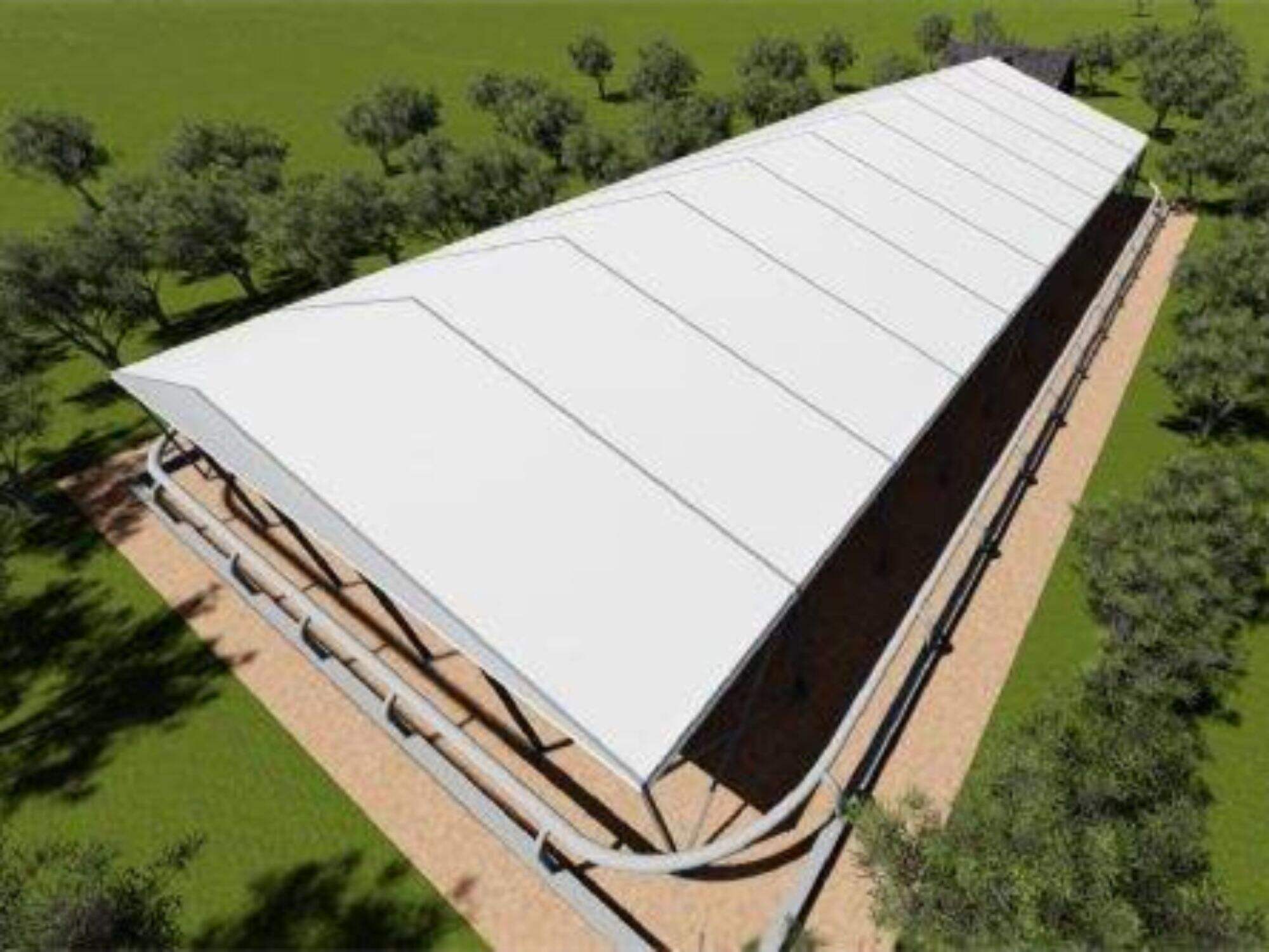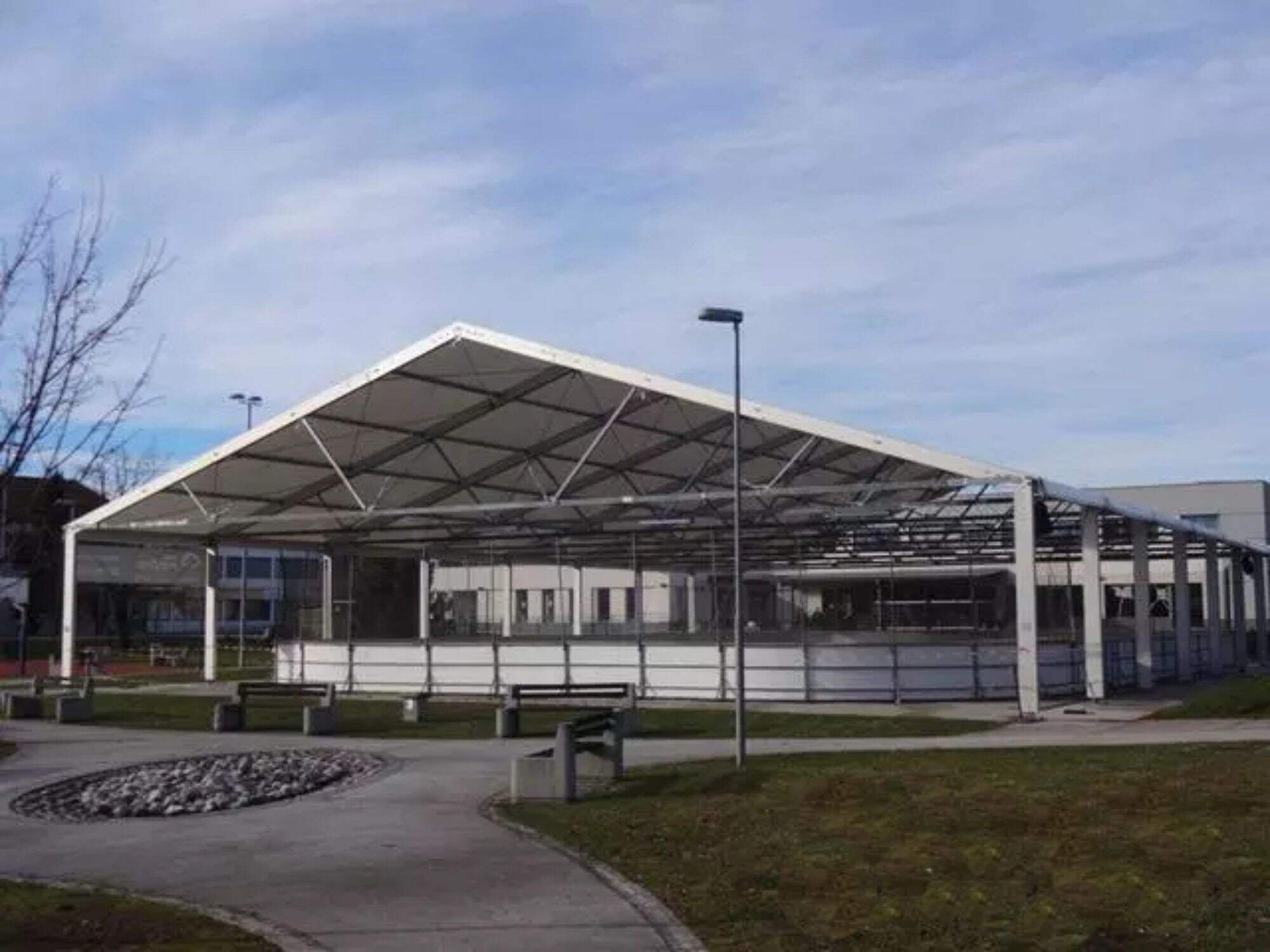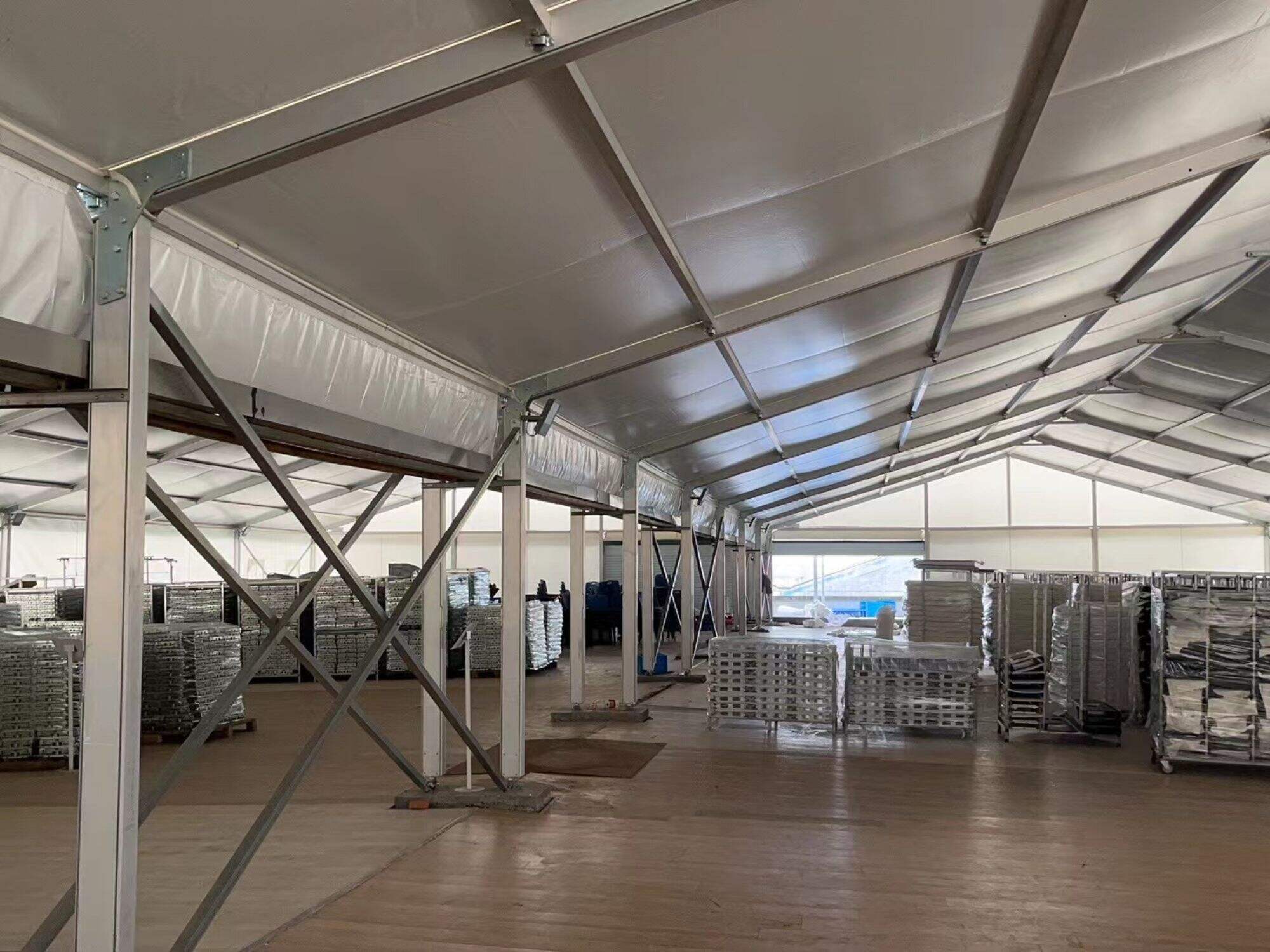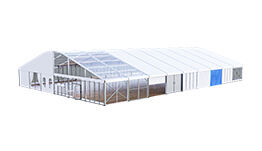Creating the Perfect Tent: A Comprehensive Consideration of Stability, Durability, Waterproofing, Fire Resistance, and Thermal Insulation
When choosing a tent, to ensure its excellent performance in various temporary event settings (such as exhibitions, celebrations, sporting events, etc.), multiple key features must be considered. These features are not only related to the tent's safety and stability but also directly affect the user's experience and satisfaction.
1. Structural Stability
First and foremost, the structural stability of the tent is crucial. A sturdy frame made of high-strength materials such as aluminum alloy, combined with scientific design and a reasonable structural layout, ensures that the tent can withstand strong winds, snow accumulation, and the pressure of any overhead loads, remaining stable and upright.
2. Waterproof Performance
Waterproofing is an essential practical feature for a tent. By using specially treated PVC-coated fabrics or high-performance synthetic fiber materials for the tarpaulin, not only is the tent highly waterproof, but it also has moisture-proof and mildew-resistant properties. Additionally, enhancing the sealing treatment of the joints between different parts of the tent with high-quality sealing glue and waterproof tape ensures that rainwater cannot seep in, keeping the interior dry.
3. Thermal Insulation Performance
Thermal insulation is particularly important for maintaining a comfortable environment inside the tent, especially with seasonal changes. In summer, using tarpaulins with heat-reflective coatings helps to reflect solar radiation, reduce heat absorption, and lower indoor temperatures. In winter, double-layer tarpaulin designs or the addition of insulation materials improve the tent's thermal retention, providing a more comfortable indoor environment for users.
4. Fire Resistance
Safety is always the top priority. As a temporary structure, a tent's fire resistance must be carefully considered. Flame-retardant tarpaulin materials that meet national standards must be selected, ensuring that the fire-retardant level reaches Class B1 or higher to effectively prevent the spread of fire. Additionally, strict adherence to safety regulations, such as prohibiting open flames or the storage of flammable materials inside the tent, ensures the overall safety of the tent.
5. Durability
The durability of the tent is directly related to the quality of its materials. The frame should be made of high-strength, corrosion-resistant, and wear-resistant materials to withstand long-term use and harsh environments. The tarpaulin should have UV resistance, aging resistance, and tear resistance to ensure long-lasting durability. Furthermore, regular maintenance and care, such as inspections, cleaning, and necessary repairs, can significantly extend the tent’s lifespan, making it as reliable as when it was first used.
Hot News
-
Enhancing the Effectiveness of Wedding Marquees
2024-09-07
-
Why are event tents becoming more and more popular in various outdoor activities?
2024-07-29
-
What specific fire prevention measures should be implemented to ensure the safety of tents?
2024-08-30
-
Pagoda Tent for Outdoor Event Wedding Party Exhibition Aluminium Frame Tent
2024-09-28
 EN
EN
 AR
AR
 FR
FR
 DE
DE
 JA
JA
 KO
KO
 PT
PT
 RU
RU
 ES
ES
 TH
TH

